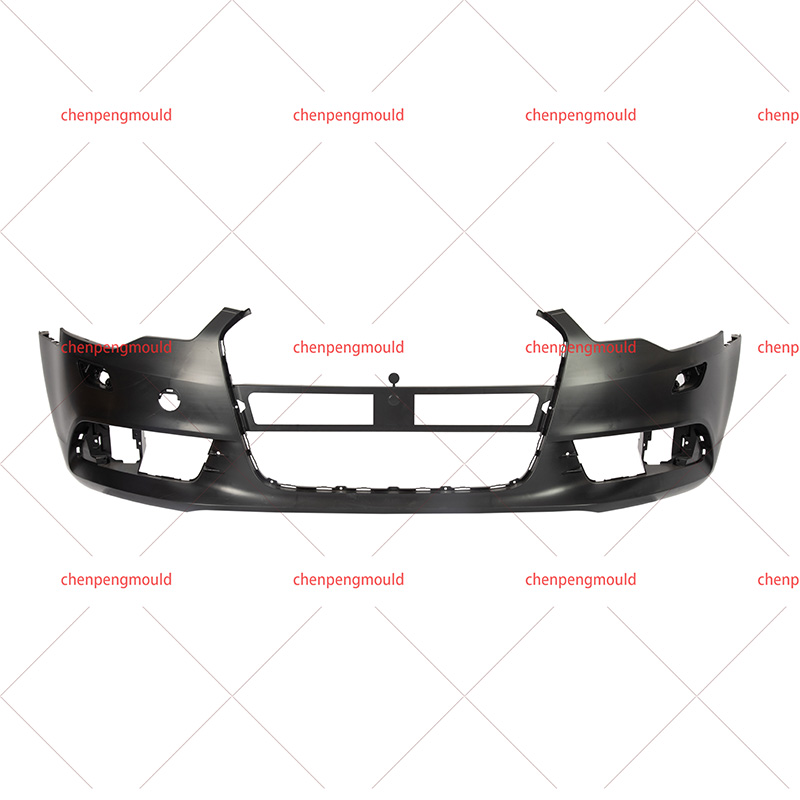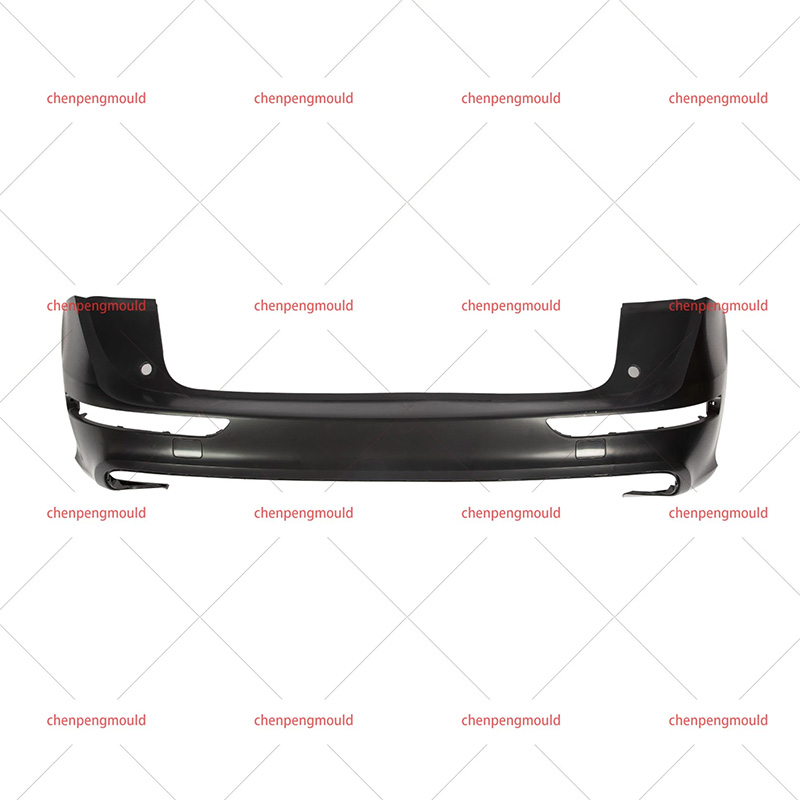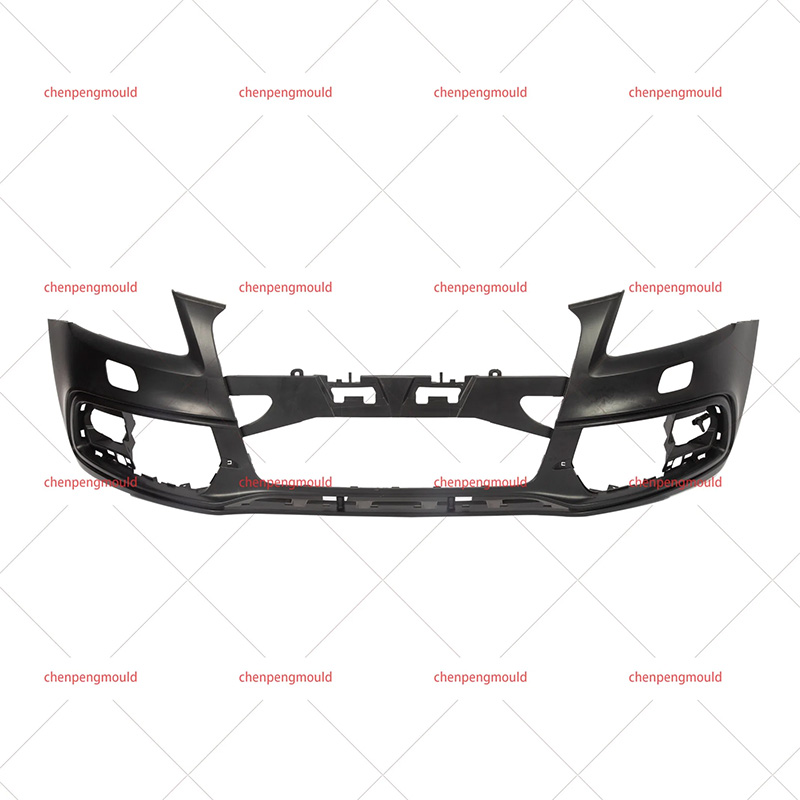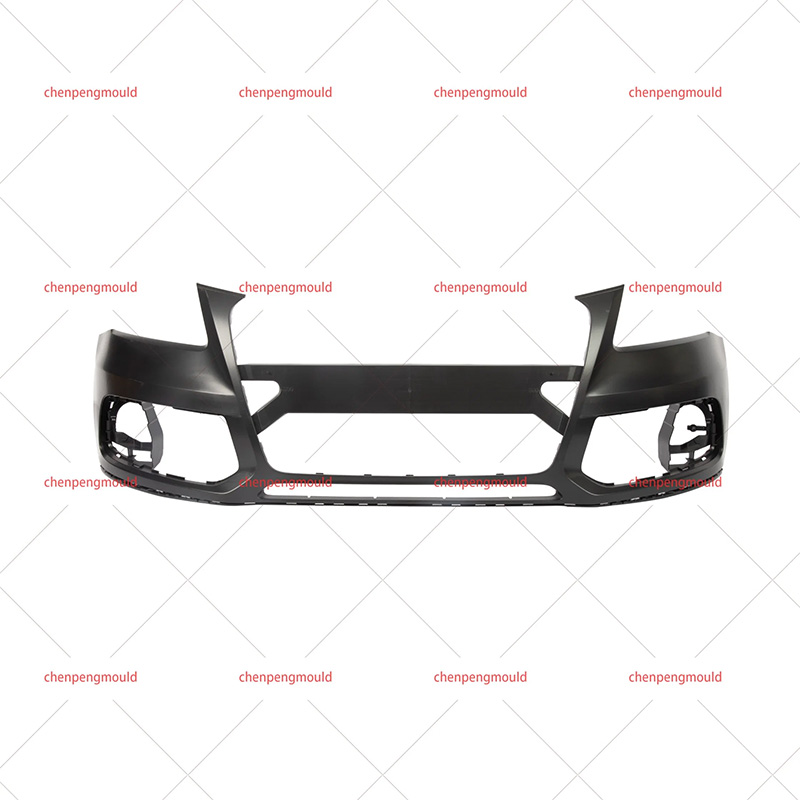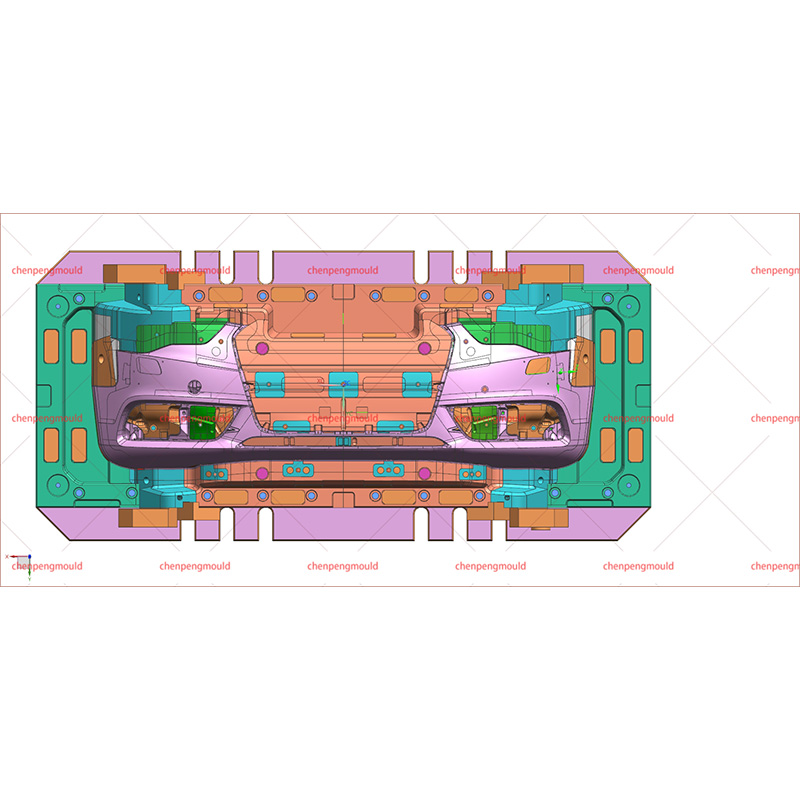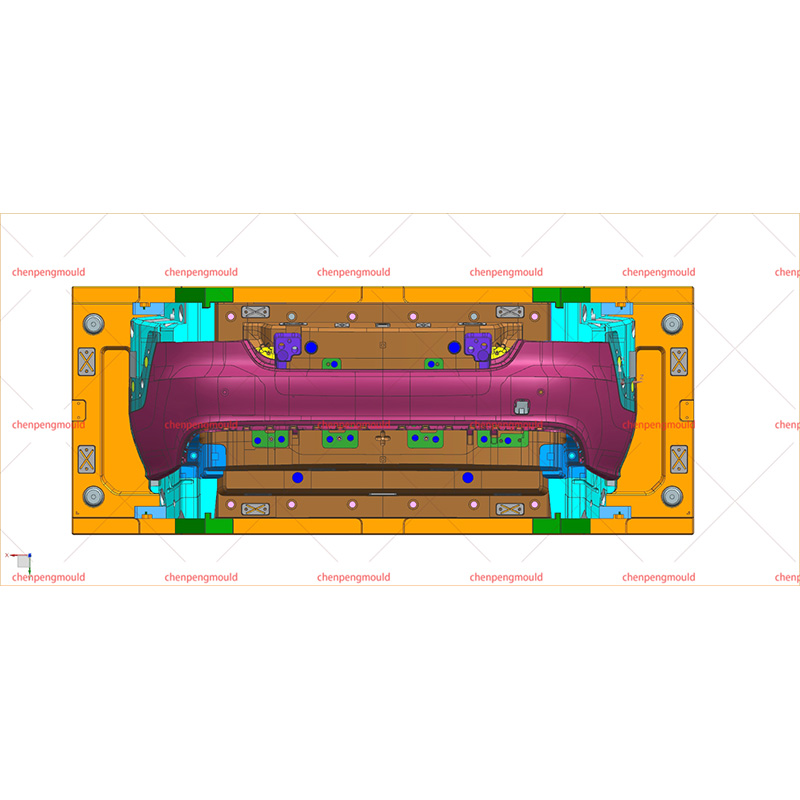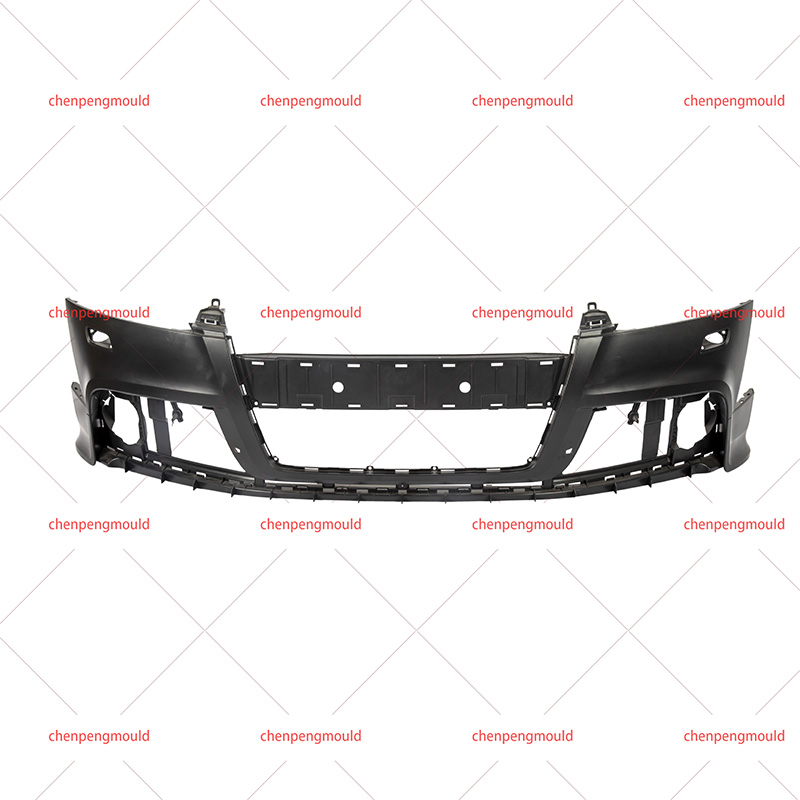Middle Grille Injection Moulding Mould Manufacturer Factory
The production of middle grille moulds, a key component in various automotive and industrial applications, involves a meticulous process that integrates precision engineering with advanced manufacturing techniques. Middle grille moulds, typically used to create grilles or other structural components, are crucial for ensuring both functionality and aesthetics in the final product.
1. Design and Planning
The production of middle grille moulds begins with a detailed design phase. Engineers and designers collaborate to create a precise blueprint of the mould. This design process involves several stages, including conceptualization, CAD (Computer-Aided Design) modelling, and prototyping.
Conceptualization involves defining the functional and aesthetic requirements of the grille. This includes understanding its role in the overall design of the vehicle or equipment, considering airflow requirements, and ensuring it meets industry standards.
CAD Modelling takes the conceptual design and translates it into a detailed digital representation. CAD software allows designers to create highly accurate models, which can be used to simulate the mould’s performance and make necessary adjustments before physical production begins.
Prototyping often follows CAD modelling. A prototype is a preliminary version of the mould that is produced to test and validate the design. This step is crucial for identifying potential issues and refining the design to meet specific performance criteria.
2. Material Selection
Once the design is finalized, the next step is selecting appropriate materials for the mould. The choice of material is critical as it affects the durability, precision, and cost of the mould. Common materials used in mould production include:
Tool Steel: Known for its hardness and resistance to wear, tool steel is a popular choice for high-performance moulds. It can withstand the stresses of repeated use and provides dimensional stability.
Aluminium: Lightweight and easier to machine than tool steel, aluminium is often used for prototype moulds or lower-volume production. It offers good thermal conductivity, which can be advantageous in cooling the mould.
Plastic and Composite Materials: In some cases, especially for lower-cost or less demanding applications, plastic or composite materials may be used. These materials are easier to work with and can be cost-effective for specific needs.
3. Machining and Fabrication
With materials selected, the machining and fabrication stage begins. This step involves shaping the mould components according to the specifications of the CAD model.
CNC Machining is commonly used to achieve the precise dimensions required for the mould. Computer Numerical Control (CNC) machines are programmed to cut, drill, and mill the material to exact specifications. This process ensures that the mould components fit together and function as intended.
Electrical Discharge Machining (EDM) may also be used, particularly for creating intricate details or for materials that are difficult to machine using traditional methods. EDM uses electrical discharges to erode material and shape the mould with high precision.
Assembly of the mould components is performed once machining is complete. This involves fitting together various parts and ensuring that all alignments and connections are accurate. Any necessary adjustments are made to ensure that the mould operates smoothly during production.
4. Testing and Quality Control
After assembly, the mould undergoes rigorous testing and quality control to verify its performance and durability.
Functional Testing involves running trial productions using the mould to ensure it produces parts that meet design specifications. This stage helps identify any issues with the mould's functionality and allows for adjustments to be made before full-scale production begins.
Inspection and Measurement are conducted to check the mould’s dimensions and surface finish. Advanced measurement tools and techniques, such as coordinate measuring machines (CMM), are used to ensure that every detail conforms to the design specifications.
Durability Testing assesses how well the mould performs under the conditions it will face in actual production. This includes testing its resistance to wear and tear, as well as its ability to handle high pressures and temperatures if applicable.



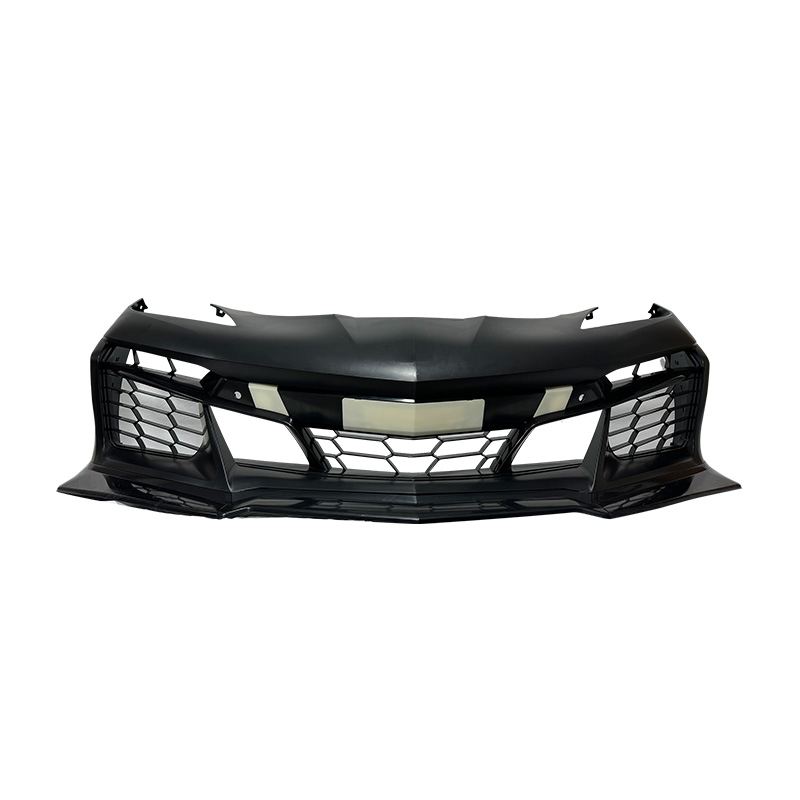

 +86-18357617666
+86-18357617666
